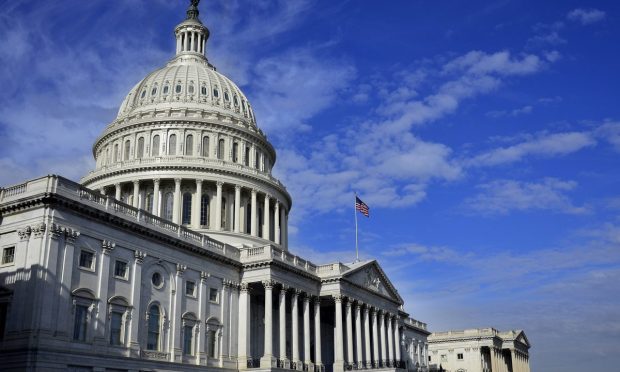Capitol Hill Hearing: BNPL Has Benefits But Risks are ‘Growing’

Buy now, pay later (BNPL) plans and other financial innovations, such as earned wage access (EWA), have the potential to broaden financial access for underserved populations but also carry risks that consumers may overextend themselves, a panel of academics and non-profit executives said Tuesday (Nov. 2).
The hearing before the House Subcommittee on Financial Services was titled “Buy Now, Pay More Later? Investigating Risks and Benefits of BNPL and Other Emerging Fintech Cash Flow Products.”
Dr. Kristen E. Broady, a fellow with the Metropolitan Policy Program at The Brookings Institution, said in her testimony that FinTechs can help close the racial wealth gap that exists in the United States. As she noted, those same firms can “create inclusive financial services products for people who are credit invisibles or low credit individuals.”
Broady noted that offering accounts without overdraft fees or minimum balance requirements can help reduce the impact of otherwise volatile income and expenses. She pointed to BNPL options that provide interest-free buy now, pay later capabilities so that consumers can “comfortably make purchases and spread out payments as they get paid.”
In one example, Broady said, Klarna’s BNPL option allows customers to split the cost of their purchase into four smaller payments, without paying any interest or impacting their credit score.
Elsewhere, Lauren Saunders, associate director at the National Consumer Law Center, said in her own testimony that, “Some new types of financing products are seizing opportunities posed by gaps or failures in the current marketplace. If well designed, they may have a place in meeting consumers’ needs.”
However, “other FinTech liquidity products appear primarily to be designed to evade consumer protection laws,” Saunders added. During her testimony, Saunders said that she is “worried about credit products that claim not to be covered by federal or state credit laws.”
“Even credit products that can help consumers to manage their finances need to be covered by basic consumer protections, including interest rate limits, underwriting for ability-to-repay, cost transparency, dispute rights and fair lending laws,” Saunders continued.
She contended that with some BNPL options, consumers may be led to “take on debts they cannot afford to repay, and managing frequent irregular BNPL payments can be challenging.” With a nod to EWA products, she said they should be regulated as credit.
“Instead of encouraging employees to spend next week’s pay today, employers should focus on savings programs” and affordable small dollar installment loans, said Saunders. BNPL, she cautioned, should not be viewed as a way to build or provide credit to underserved populations — partly due to the fact that payments are not reported to the credit bureaus, but missed payments are.
Marisabel Torres, director at the California Policy Center for Responsible Lending, said that BNPL loans are designed in a way that may avoid coverage under the Truth in Lending Act, where creditors, as a definition, do not include finance charges and are payable in four or fewer installments.
Among other recommendations, she said that the the Consumer Financial Protection Bureau (CFPB) should ensure that BNPL lenders make loans only after determining the borrower’s ability to repay, considering both income and expenses or obligations. As BNPL use is growing, she said, so are the risks “on a large and growing scale.”
Asked by Rep. Stephen Lynch, D-Mass, about defaults on BNPL, Saunders cited data from Credit Karma that found that 34% of consumers who tried BNPL loans have fallen behind on one or more installment payments.
Brian Tate, president and CEO of the Innovative Payments Association (IPA), said that among recent payments innovations, “one of the most practical and affordable options is Earned Wage Access, or EWA.” That option, he said, has grown in popularity because it is a “safer, cheaper, and more efficient alternative to other short-term products on the market.”
